Weaving a Future
By Chloe Durr
Baskets are another fine craft of the tribes of the northern regions of Namibia. In the process the weavers more often than not make use of natural dyes to produce colours such as brown, purple, red and yellow. Most products are woven by women, who apply various techniques such as using strips of Makalani Palm leaves, which are first boiled and then dried for up to three days to acquire a subtle nature.
A variety of basketry has always formed part of the traditional domestic life of the sedentary tribes of Namibia, which historically made use of the resources available in the north to create utilitarian objects of all shapes and sizes to aid domestic rural life and maintain agricultural customs of these regions. Hand-woven with locally sourced material, every basket shape, design and form is unique to the function of the basket applying traditional weaving techniques and colour patterns unique to every tribe - passed down in the female lineage for generations.
From flat plate-shaped Elilo baskets used for winnowing Mahangu, to truncated cone shaped Oshimbale baskets, woven Ondiva fishing traps and even Omhako, serving as Mahangu beer strainers, the Aawambo tribes (generally referred to as the Ovambo-people) are renowned for their weaving and wide variety of baskets.
The unique vertical coil weaving technique applied to Khwe baskets by the San community in the western Zambezi region, are another highly sought after traditional craft in Namibia. From round-shaped baskets with tightly woven handles - used to collect and harvest wild fruit and berries to smaller cone-shaped Pópó baskets and larger bag-shaped Oámà baskets used for collecting and storing bush crops, this variety of craft-products are hard to come by, as it has only been revived recently.
With the revival of this ancient weaving technique (thanks to organizations such as the Omba Arts Trust) and a subsequent increase in popularity, comes the inevitable modernization of materials and designs, which are more elaborate than they were traditionally. It is not uncommon to find baskets with recycled plastic and fabric woven into the coils, or dyed to achieve a more striking colour palette. These once purely functional, traditional utility items have quickly become highly sought after object d’art in art galleries, museums, homes and lodges around the world.
When on the lookout for unique basket-wares or a gift that celebrates this ancient craft, you might want to consider the products of Omba Arts Trust, which are available at the Namibian Craft Centre in Windhoek.
Baskets are another fine craft of the tribes of the northern regions of Namibia. In the process the weavers more often than not make use of natural dyes to produce colours such as brown, purple, red and yellow. Most products are woven by women, who apply various techniques such as using strips of Makalani Palm leaves, which are first boiled and then dried for up to three days to acquire a subtle nature.
A variety of basketry has always formed part of the traditional domestic life of the sedentary tribes of Namibia, which historically made use of the resources available in the north to create utilitarian objects of all shapes and sizes to aid domestic rural life and maintain agricultural customs of these regions. Hand-woven with locally sourced material, every basket shape, design and form is unique to the function of the basket applying traditional weaving techniques and colour patterns unique to every tribe - passed down in the female lineage for generations.
From flat plate-shaped Elilo baskets used for winnowing Mahangu, to truncated cone shaped Oshimbale baskets, woven Ondiva fishing traps and even Omhako, serving as Mahangu beer strainers, the Aawambo tribes (generally referred to as the Ovambo-people) are renowned for their weaving and wide variety of baskets.
The unique vertical coil weaving technique applied to Khwe baskets by the San community in the western Zambezi region, are another highly sought after traditional craft in Namibia. From round-shaped baskets with tightly woven handles - used to collect and harvest wild fruit and berries to smaller cone-shaped Pópó baskets and larger bag-shaped Oámà baskets used for collecting and storing bush crops, this variety of craft-products are hard to come by, as it has only been revived recently.
With the revival of this ancient weaving technique (thanks to organizations such as the Omba Arts Trust) and a subsequent increase in popularity, comes the inevitable modernization of materials and designs, which are more elaborate than they were traditionally. It is not uncommon to find baskets with recycled plastic and fabric woven into the coils, or dyed to achieve a more striking colour palette. These once purely functional, traditional utility items have quickly become highly sought after object d’art in art galleries, museums, homes and lodges around the world.
When on the lookout for unique basket-wares or a gift that celebrates this ancient craft, you might want to consider the products of Omba Arts Trust, which are available at the Namibian Craft Centre in Windhoek.



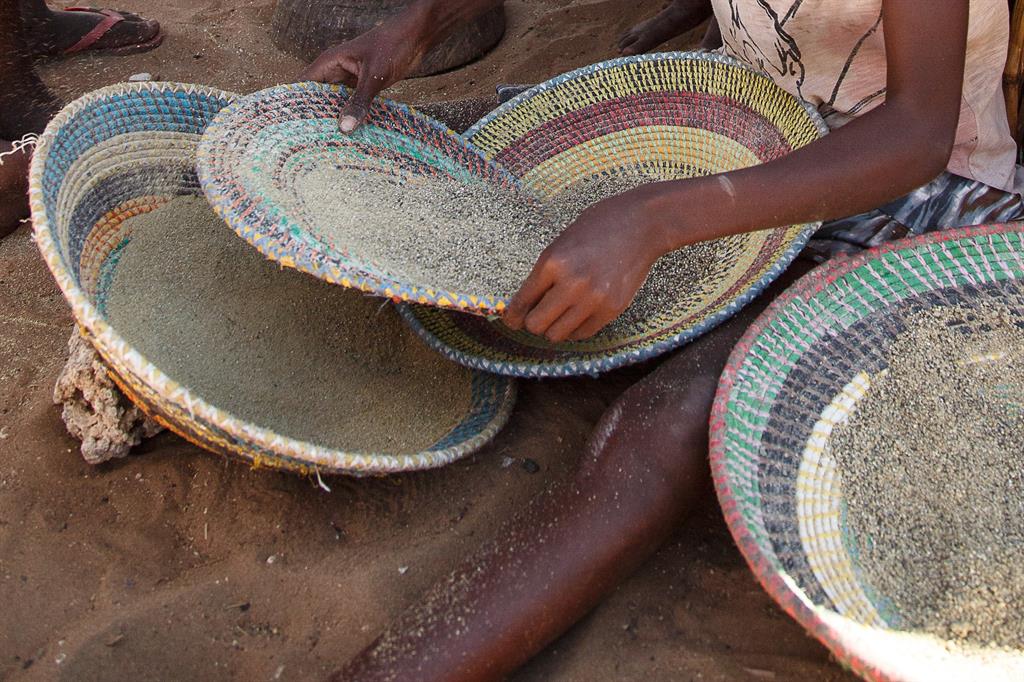
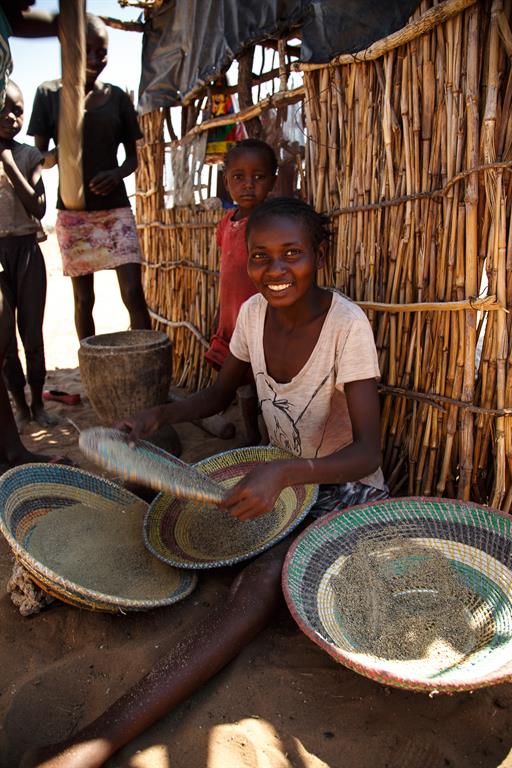
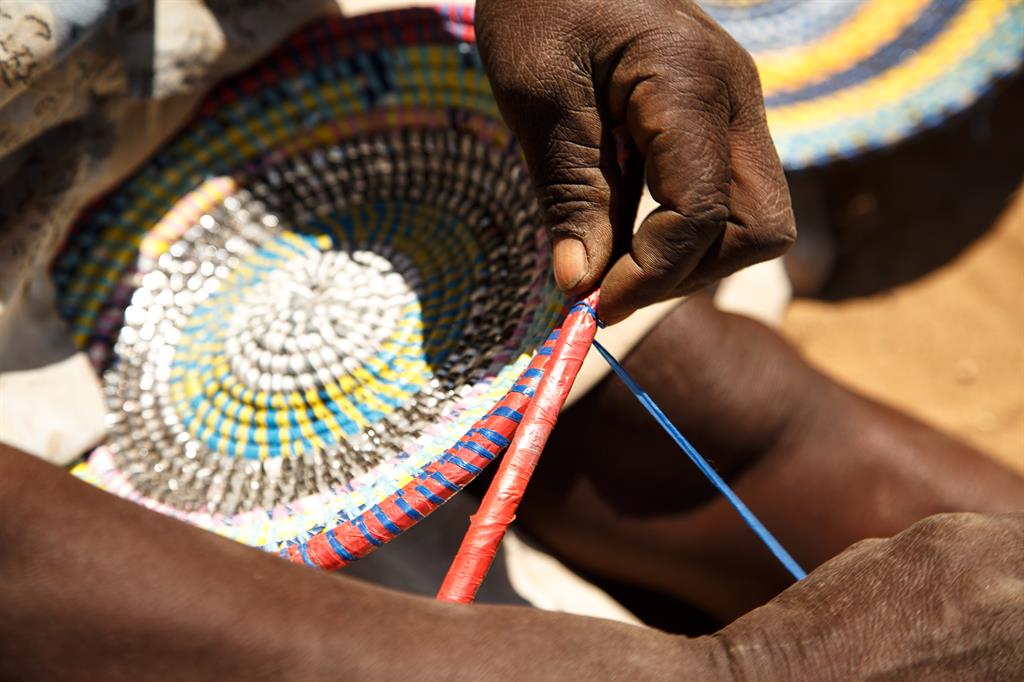

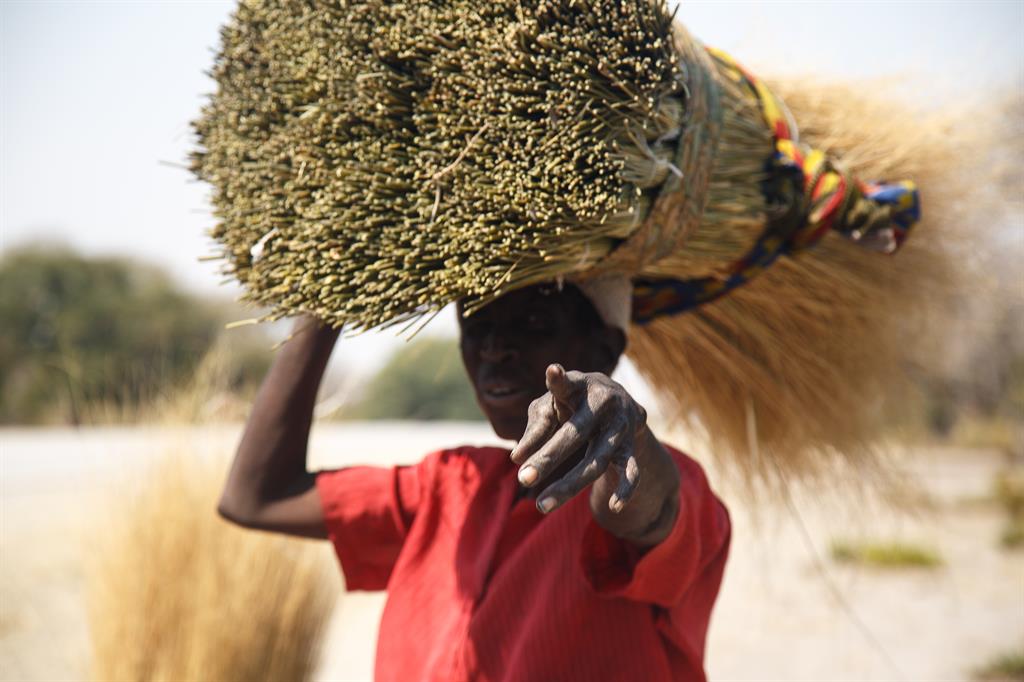
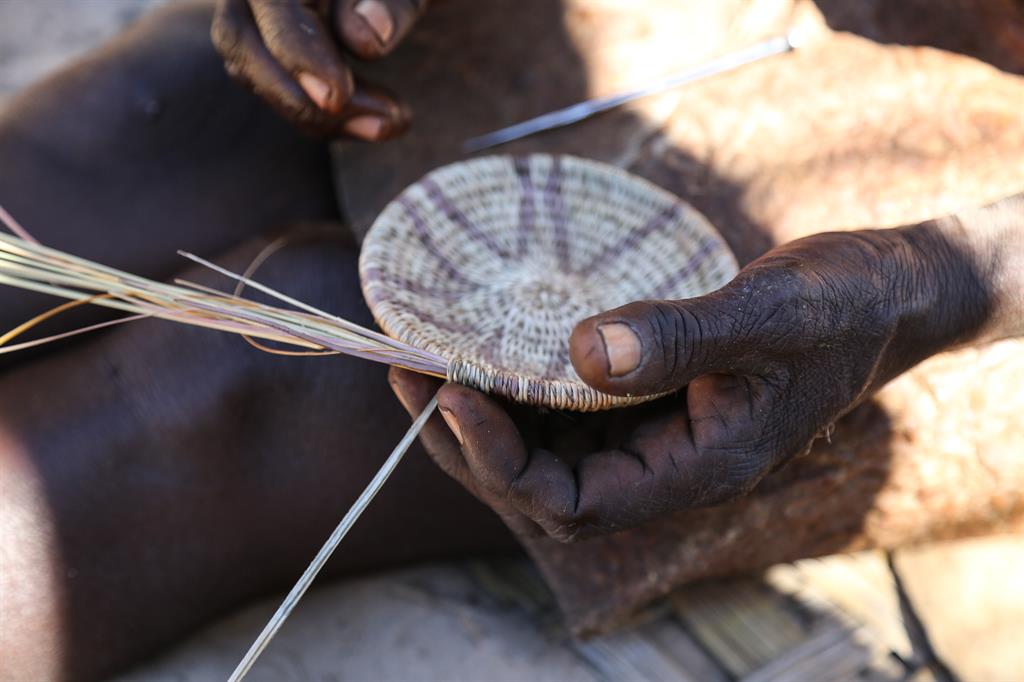

Kommentar
Allgemeine Zeitung
Zu diesem Artikel wurden keine Kommentare hinterlassen